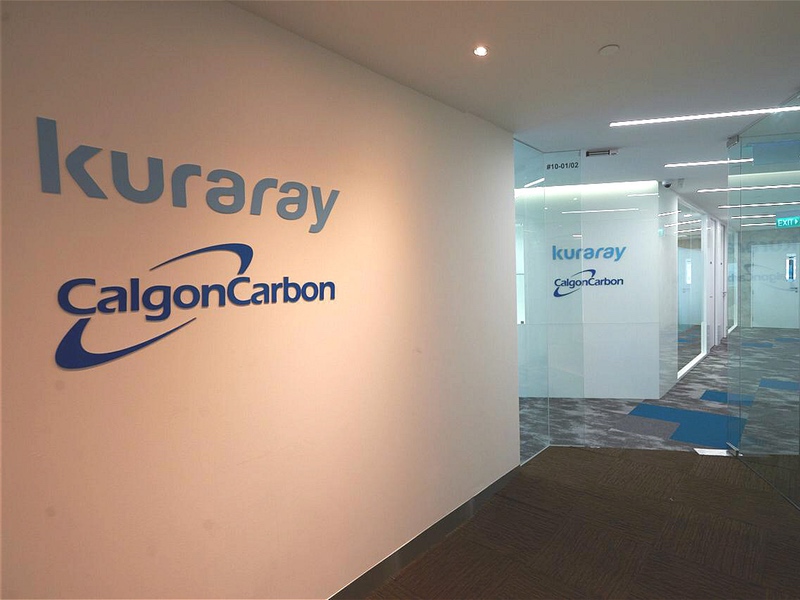Food packaging plays a crucial role in preserving the freshness, quality, and safety of products from production to consumption. Barrier films, a type of packaging material designed to prevent the permeation of gases and moisture, have become indispensable in the food packaging industry. In this article, we will explore the significance of barrier films, their key characteristics, and the advancements shaping the future of food packaging.
Understanding Barrier Films
barrier films for food packaging are specialized materials engineered to create a protective barrier against external factors that can compromise the quality and safety of packaged food. The primary purpose of these films is to inhibit the entry of oxygen, water vapor, and other gases while also preventing the escape of aromas and flavors from the packaged food. By minimizing the interaction between the food and its surrounding environment, barrier films contribute to extending the shelf life of perishable products.
Key Characteristics of Barrier Films
- Oxygen Barrier: One of the primary functions of barrier films is to prevent the ingress of oxygen, which can lead to oxidative reactions, spoilage, and degradation of food quality. High oxygen barrier films are crucial for preserving the freshness of products.
- Moisture Barrier: Moisture ingress can cause a range of issues, including mold growth, textural changes, and degradation of the food’s organoleptic properties. Effective barrier films act as a shield against moisture, maintaining the desired moisture content within the package.
- Aroma and Flavor Preservation: Certain foods, especially those with distinct flavors and aromas, benefit from barrier films that prevent the escape of these volatile compounds. This ensures that consumers experience the intended taste and aroma of the product.
- UV Protection: Exposure to ultraviolet (UV) light can lead to the degradation of certain food components, such as vitamins and pigments. Barrier films with UV protection help safeguard the food from the harmful effects of light exposure.
- Chemical Resistance: Barrier films should exhibit resistance to various chemicals present in food, ensuring that the packaging material does not react with or contaminate the product.
- Temperature Stability: Some barrier films need to withstand a wide range of temperatures, especially in applications where frozen or heated foods are involved. Temperature stability is crucial for maintaining the integrity of the packaging.
Types of Barrier Films
- Metallized Films: These films are coated with a thin layer of metal, typically aluminum, to create a barrier against gases and light. Metallized films are widely used for snacks, coffee packaging, and other products that require a high level of protection.
- Polymer Nanocomposites: By incorporating nanoparticles into polymer matrices, these films enhance barrier properties. Nanocomposites can offer improved oxygen and moisture barriers, making them suitable for sensitive food products.
- Ethylene Vinyl Alcohol (EVOH) Films: EVOH is known for its exceptional oxygen barrier properties. It is often used as a layer in multilayer packaging structures to enhance overall barrier performance.
- Biodegradable Barrier Films: In response to the growing demand for sustainable packaging solutions, researchers are developing barrier films made from biodegradable materials. These films aim to provide effective barrier properties while minimizing environmental impact.
Applications in the Food Industry
- Fresh Produce Packaging: Fruits and vegetables are highly perishable and sensitive to changes in temperature and humidity. Barrier films help extend the shelf life of fresh produce by minimizing oxygen exposure and moisture ingress.
- Meat and Poultry Packaging: Barrier films play a critical role in preserving the quality and safety of meat and poultry products. They help prevent oxidation, freezer burn, and microbial contamination.
- Dairy Products: Barrier films are widely used in the packaging of dairy products such as cheese, butter, and yogurt. These films protect against moisture, oxygen, and light, ensuring the products maintain their freshness and nutritional value.
- Snack Foods: Snack packaging requires barrier films to protect against oxygen, moisture, and external odors. Metallized films are commonly used for potato chips, nuts, and other snack products.
- Bakery Products: Barrier films are essential for preserving the freshness of bakery items, preventing staleness and maintaining the desired texture. They also protect against external contaminants.
Advancements and Future Trends
- Active Packaging: The integration of active components, such as oxygen scavengers or antimicrobial agents, directly into the packaging material is an emerging trend. This approach allows for real-time control of the packaging environment, enhancing food preservation.
- Smart Packaging: Incorporating sensors and indicators into barrier films enables real-time monitoring of food freshness and safety. Smart packaging technologies provide consumers with information about the condition of the product inside the package.
- Bio-based and Recyclable Barrier Films: With an increased focus on sustainability, the development of bio-based and recyclable barrier films is gaining momentum. These films aim to provide effective barrier properties while minimizing the environmental impact of packaging.
- Nanotechnology in Barrier Films: Ongoing research explores the use of nanotechnology to enhance the barrier properties of films. Nanoparticles and nanocomposites offer the potential for significant improvements in oxygen and moisture barriers.
Conclusion
Barrier films have revolutionized the way we package and preserve food, contributing to the reduction of food waste and ensuring the safety of consumables. As technology continues to advance, the development of innovative barrier materials will play a pivotal role in meeting the evolving needs of the food packaging industry. Whether it’s extending shelf life, enhancing safety, or addressing environmental concerns, barrier films are at the forefront of creating a more sustainable and efficient food packaging landscape.

